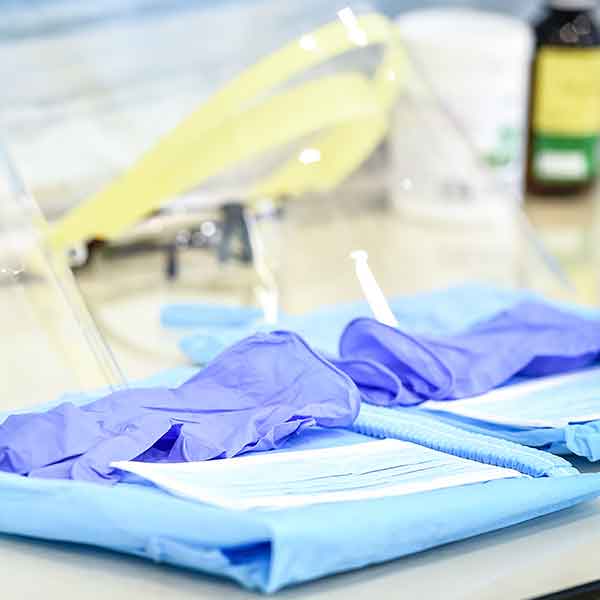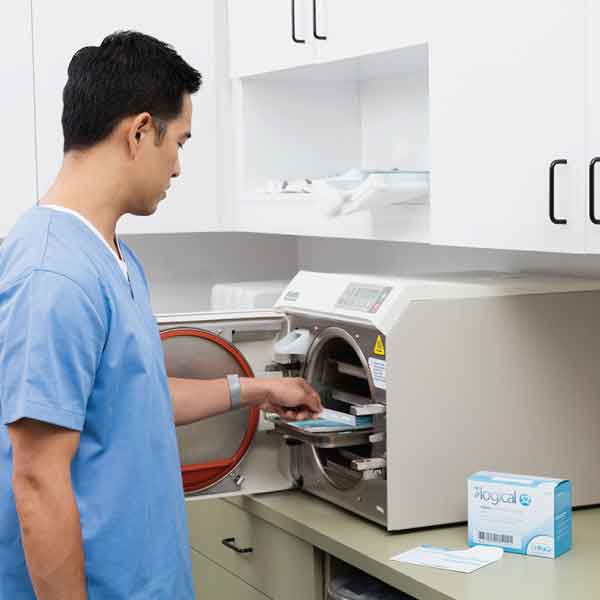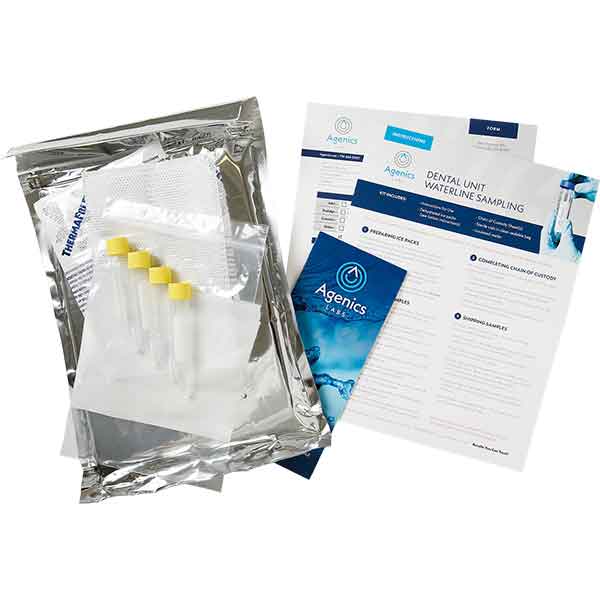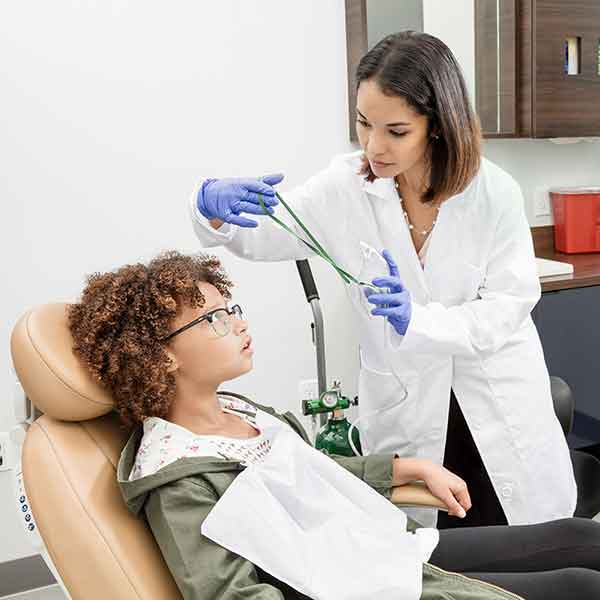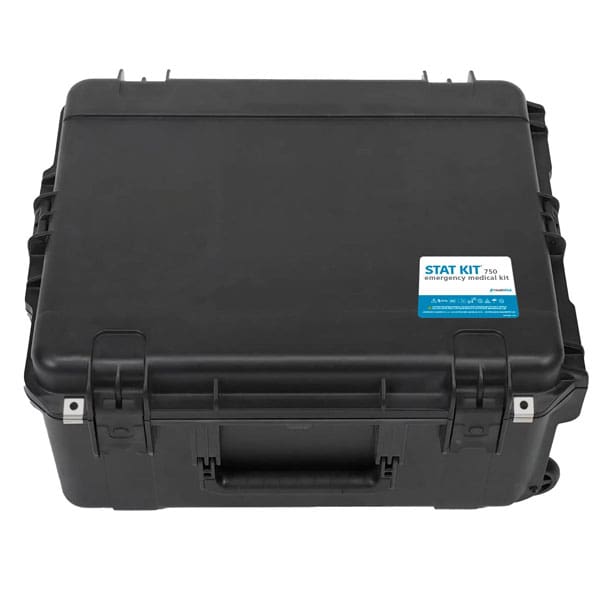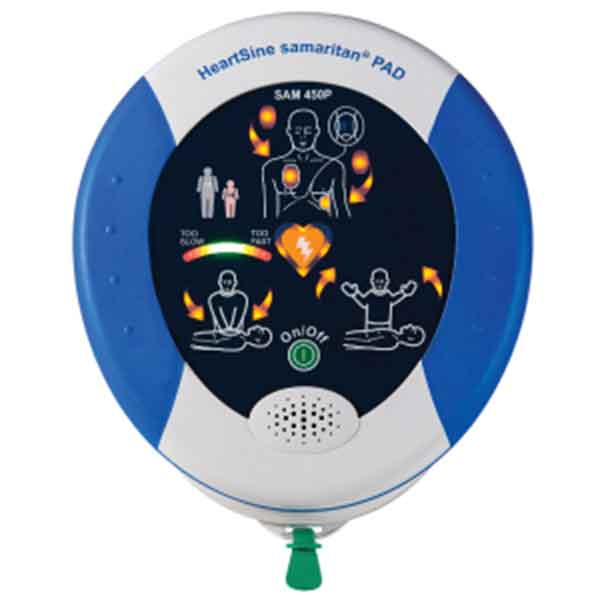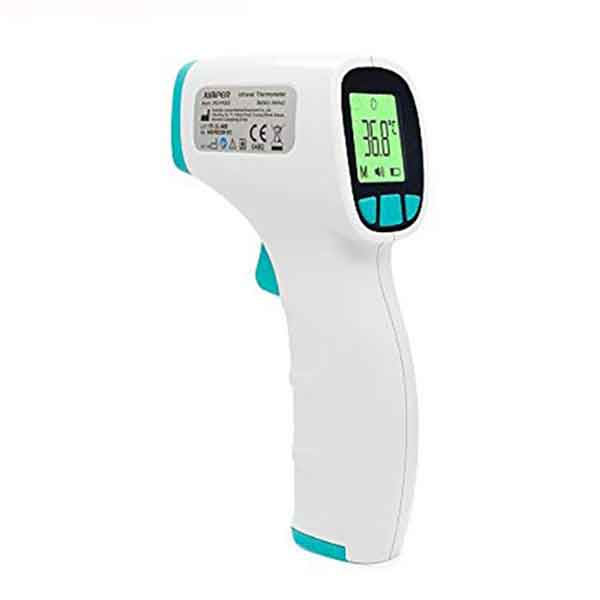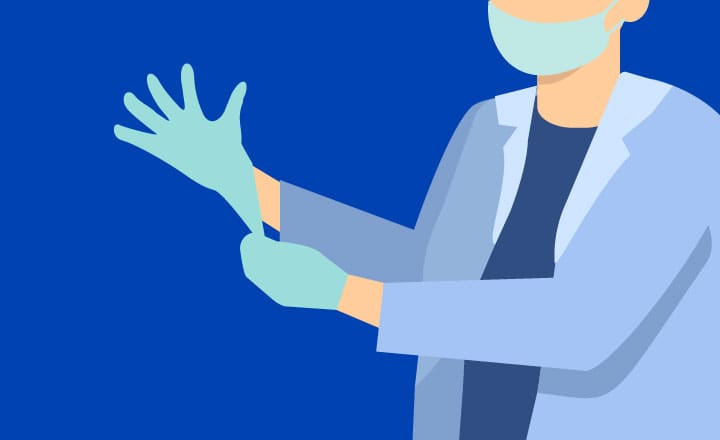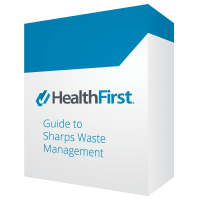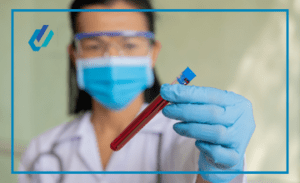Twenty years after federal protections were enacted to help protect healthcare workers from occupational exposure to bloodborne pathogens, the frequency of sharps injuries has declined. OSHA defines sharps injuries as “a penetrating wound from a needle, scalpel, or other sharp object that may result in exposure to blood or other bodily fluids”.
Unfortunately, needlestick injuries still occur, and in fact many may go unreported. The risk this poses to all medical workers and their patients can’t be overestimated. As a best practice, and the law in many states, all sharps injuries should be reported.
Sharps Injury Management Best Practices
But reporting is just one part of a best-practice approach to post injury management. In each incident, utmost effort should be taken to protect the health and wellbeing of all involved, to learn from the incident, and to incentivize correct protocol to avoid future events. See below to learn more.
Sources
1 OSHA Regulations (Standards – 29 CFR) Bloodborne Pathogens. – 1910.1030.
Page 10 and 11 of 22, section (d)(4)(iv). | https://www.osha.gov/laws-regs/regulations/standardnumber/1910/1910.1030
2 OSHA. 1904 Subpart B App A – Partially Exempt Industries. | https://www.osha.gov/laws-regs/regulations/standardnumber/1904/1904SubpartBAppA
3 OSHA. 1904.33 – Retention and updating. | https://www.osha.gov/laws-regs/regulations/standardnumber/1904/1904.33
























